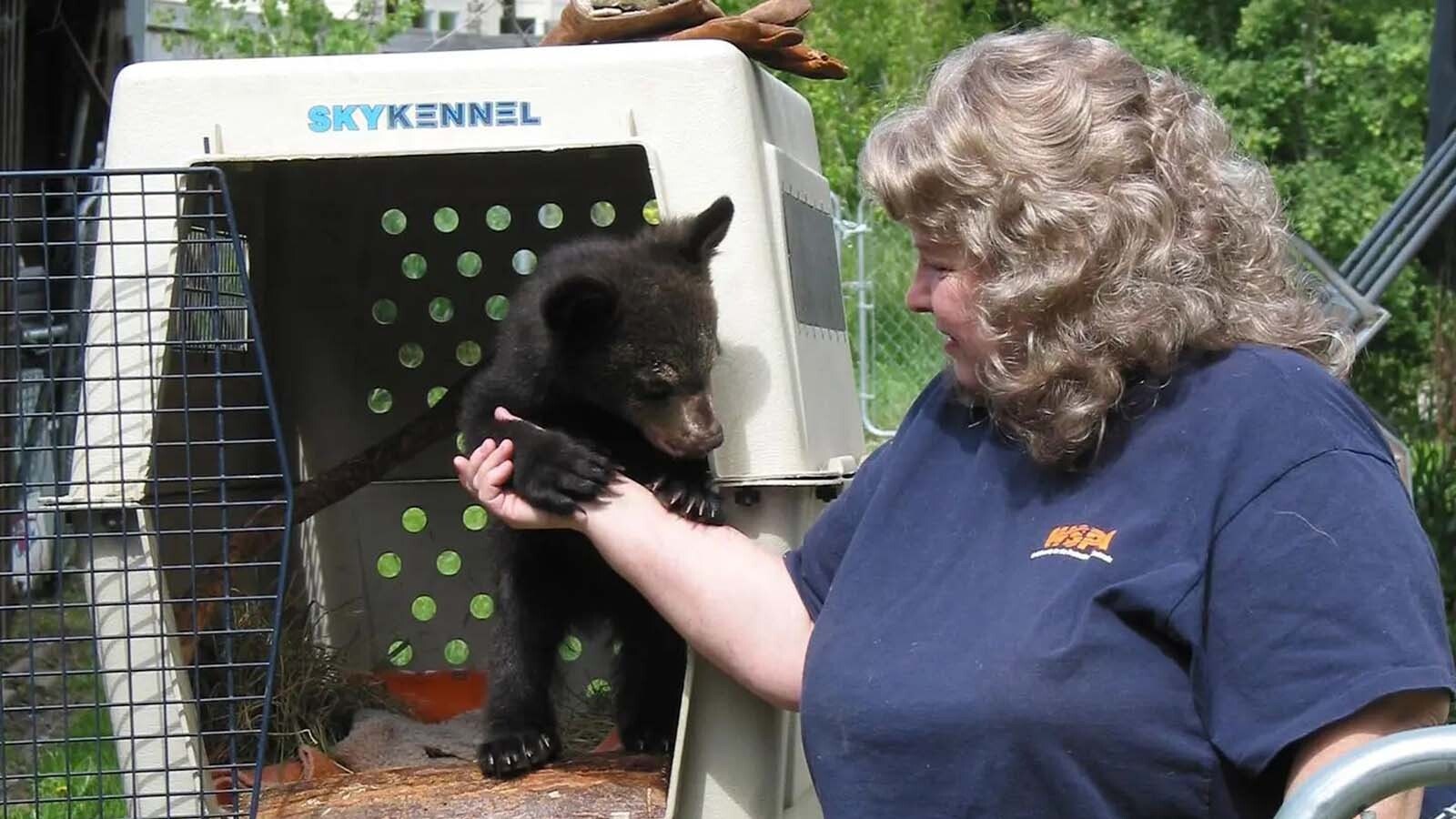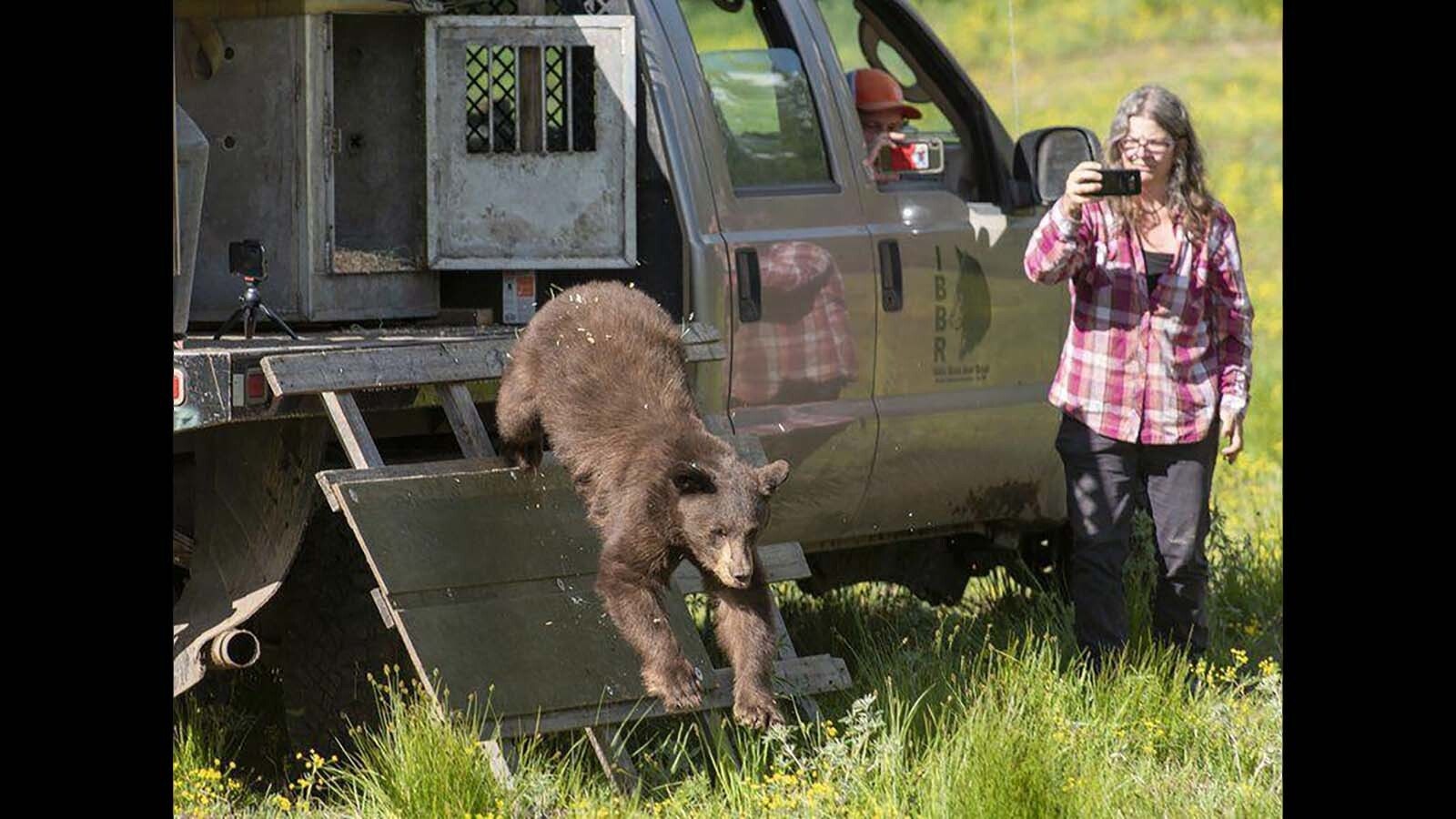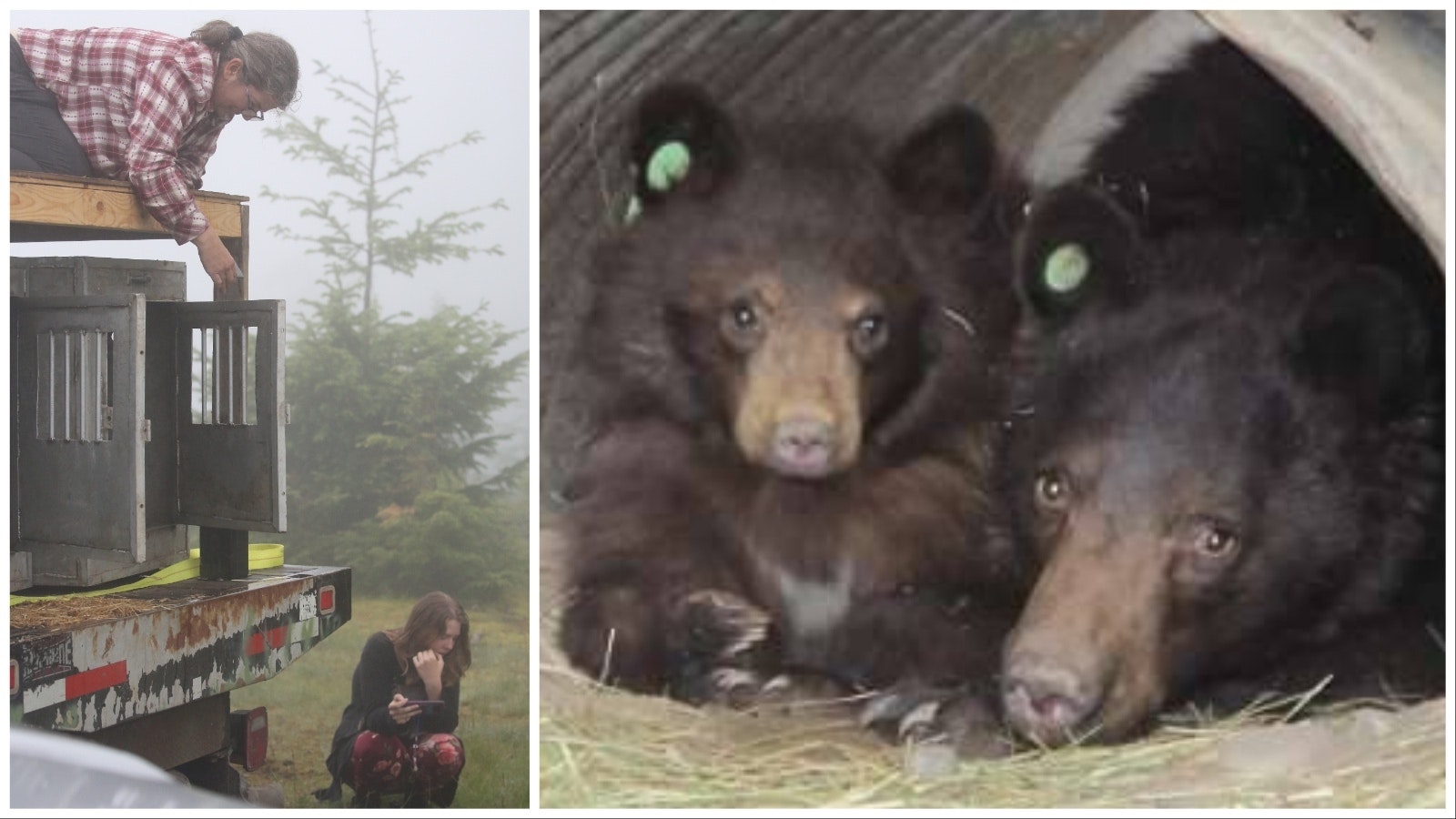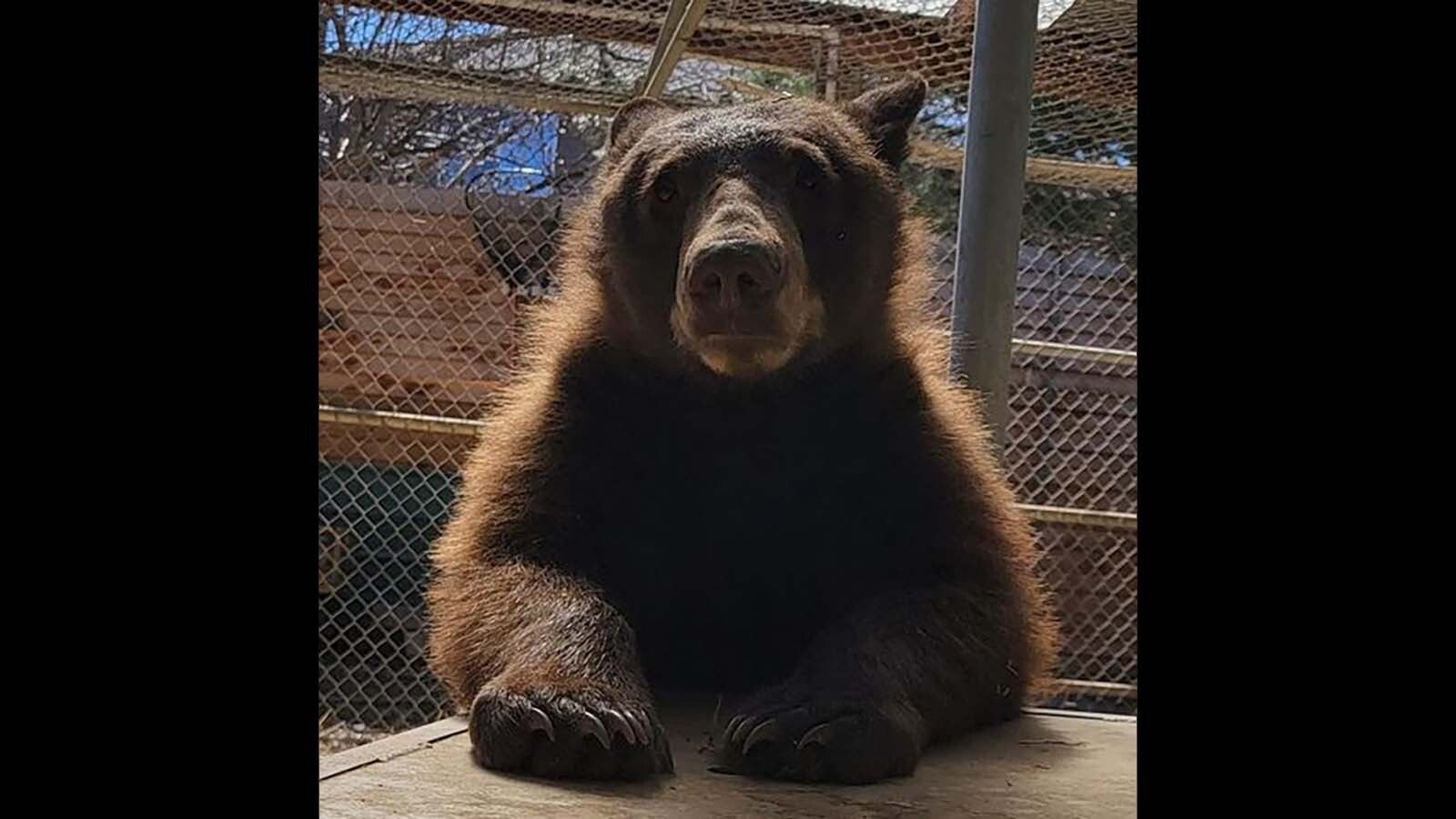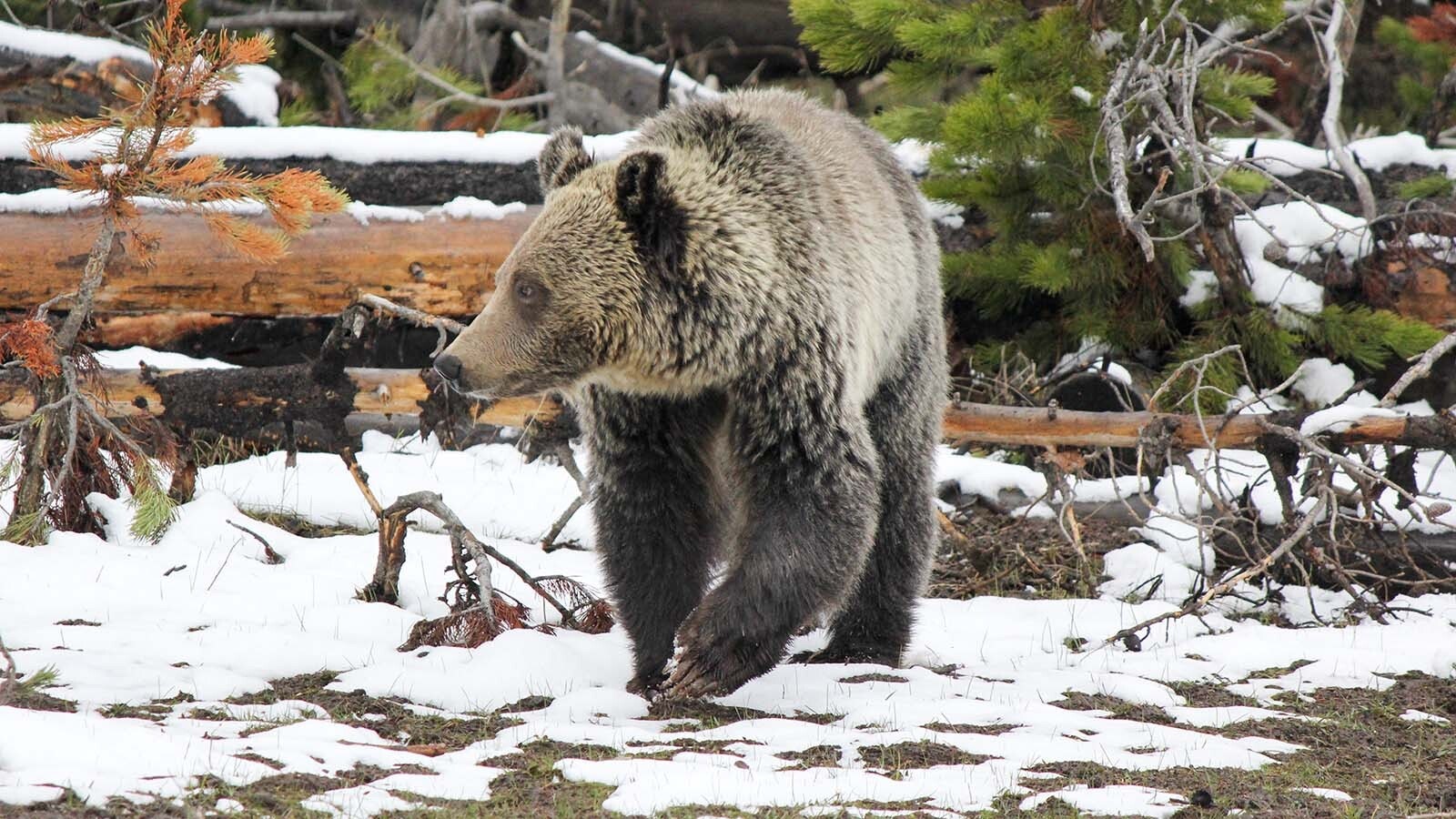When Wyoming Game and Fish Department wardens found a motherless, starving female black bear cub cowering under porches in the small community of Kelly, Wyoming, last month, they knew exactly who to call.
It wasn’t long before a transport team from Idaho Black Bear Rehab (IBBR) was on the way to move the cub to its facility in Garden City, Idaho.
Now, the cub — named Alice by her rescuers — is doing fine and is on track to be returned to the wilds of Wyoming this coming summer.
Alice is just one of numerous black bear cubs from Wyoming and the surrounding region that IBBR has taken in since it was founded in 1989. The center’s stated goal is to keep bears just long enough for them to get big and healthy enough to strike out on their own, and then return them to the wild.
“In the 14-plus years I've been here we have had one bear go to a zoo. I don't think there were any others. That would be a bear name Whiskey who resides at the Houston Zoo under the name Claud,” Amy Kidwell, who runs IBBR, told Cowboy State Daily.
A Job She Didn’t Expect
IBBR was founded by wildlife rehabilitator Sally Maughan, who named the first bear cub she took in Ruggles.
Kidwell knew of the center, but had no inclination of ever working there. But she has always had a soft spot for animals, so when she found out that IBBR needed food for the bears, she was more than happy to donate what she could.
IBBR runs exclusively on donations, Kidwell said.
“I worked at a little country market when I learned about IBBR and I had been bringing food to the bear rehab center every Sunday for a year,” Kidwell said. “And when the store where I worked closed, I told Sally I would still donate food, but it wouldn't be every Sunday anymore.
“At this point, I still hadn't met Sally, only spoke with her on the phone. She mentioned that I should apply for a job with her. I couldn't believe that was an option.”
The job interview went better than expected.
“The first time I met Sally in person was my interview with her,” Kidwell said. “We talked for three hours straight. At one point, she said she was looking for someone stupid enough to take over the rehab one day, and I told her I was pretty dumb. We both got a good laugh out of it. I was hired, and a friendship was born.”
She and her daughter Emma, who was 6 at the time, moved into a small onsite house. Kidwell was gradually given more responsibility dealing with the bears until she was able to run the facility. She continued to learn all she could from Maughan until Maughan’s death in 2021.
53 Bears In One Year
IBBR sits on about 2.25 acres, and the main bear enclosure is about 5,000 square feet. There are smaller enclosures for bears that need to be isolated until they get used to their surroundings.
It’s usually a busy place. The bears almost always come to IBBR via Game and Fish and its sister agencies in surrounding states.
Because of space limitations and to keep from getting overwhelmed, Kidwell likes to limit it to about 15 bears at a time. They’re usually orphaned cubs, although the center has taken in a few 2-year-olds, as well as a mother and cub, Shadow and Kapiolani.
The average stay is just a few months, and Kidwell likes to keep her direct contact with the bears minimal, since the goal is to make them wild again. She has a local veterinarian on call in case any of the bears are sick or hurt.
The bears are usually released back into the wild in early summer so that they have the entire warm season to get back into the swing of things.
“We have done some fall releases as well,” Kidwell said.
She recalls that 2004 was a particularly exhausting year. The center rescued 40 cubs that year, with a peak number of 23 at the facility all at once. The main enclosure didn’t have roof on it, so the winter was especially miserable.
“In 2007, 53 bears arrived, including yearlings and two bears that were 2 years old. The addition of our new solid roof made managing that number of bears much easier,” Kidwell said.
Smart And Fast
Kidwell said she’s developed a tremendous respect for black bears.
One thing that might surprise folks about them is “how fast they do everything,” she said. “They grow, move and think faster than you can imagine.”
And no two bears are alike.
“Each bear is completely different from the others,” Kidwell said. “Just like with people, they have personalities and quirks. When we have a lot of bears on site, especially if they are all the same color, I need to consider their personality to tell them apart.”
Along with members of her transport team, Kidwell has noticed that black bears are keen problem-solvers and they communicate well with each other.
“They also communicate in ways that are so familiar to us,” she said. “I've seen them throw an arm in front of another bear, much like a parent puts their arm in front of their kid when they suddenly brake while driving, to stop them from doing something or going a certain direction.”
Learning With Momma And Cub
The bears also communicate with humans when necessary, Kidwell said. She recalled an interesting episode with mother-and-cub Shadow and Kapiolani.
Each bear has a “line” that they don’t want humans to cross, “and hers was a little farther out that most because she had a cub,” Kidwell said.
“We understood each other once I learned that, and she didn't mind me much at all after the day I also yelled at her cub. She didn't want her curious babe out of the den when I was in there and she would even lay on top of him to keep him in,” Kidwell said.
“He would scream and wiggle out from under her, and she would yell at him when he got too close to me – which was not really close at all,” she added. “One day he got away from her, so I yelled at him and motioned toward his mom and he ran back in with her. I felt she had a whole new appreciation for me that day. I'd almost swear she laughed.”
Not Stopping Anytime Soon
Running IBBR is an around-the-clock challenge, but Kidwell said she relishes it and plans to be there for Game and Fish and other agencies that need help with bear rescues for a long time to come.
“It was pure dumb luck that I ended up here. I have always loved animals, but I never dreamed I would end up working with bears,” she said. “When I feel like I've had enough and I just want to walk away, which is never caused by the bears themselves, I still can't imagine closing up shop and ever having to say ‘no’ to a bear in need.”
“No matter the sad stories, the occasional difficulty in fighting to get a bear here, the paperwork, or keeping up with social media — once that bear arrives, absolutely everything is worth providing the temporary safety and comfort to these bears — and giving them their second chance at freedom in the wild is the most satisfying feeling I could ever have,” Kidwell added.

Mark Heinz can be reached at mark@cowboystatedaily.com.

